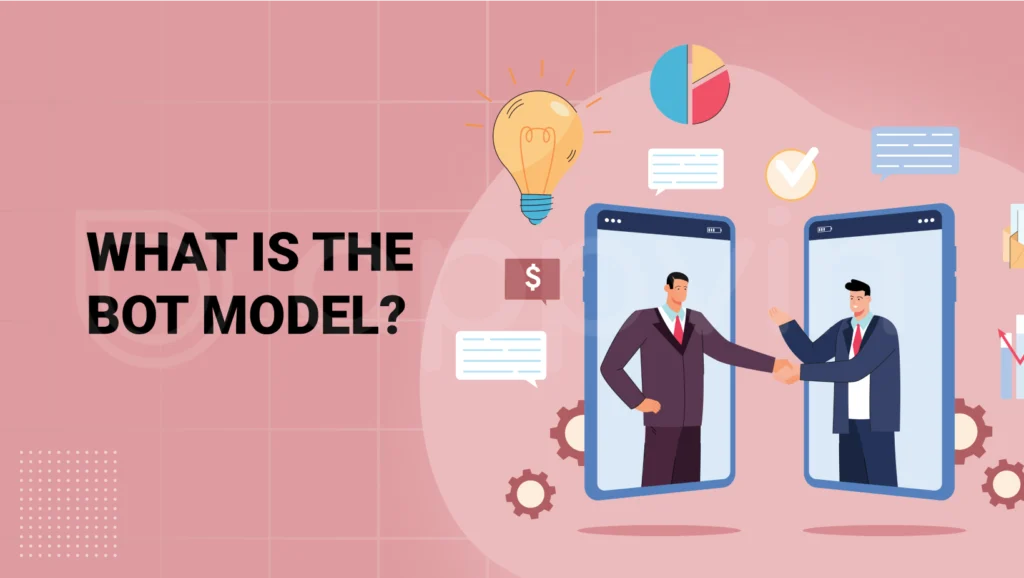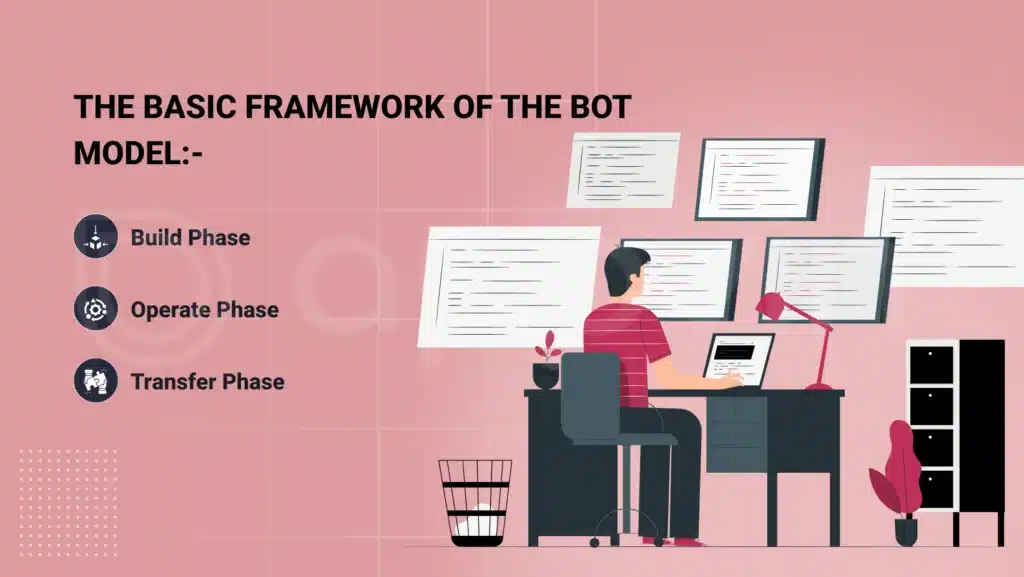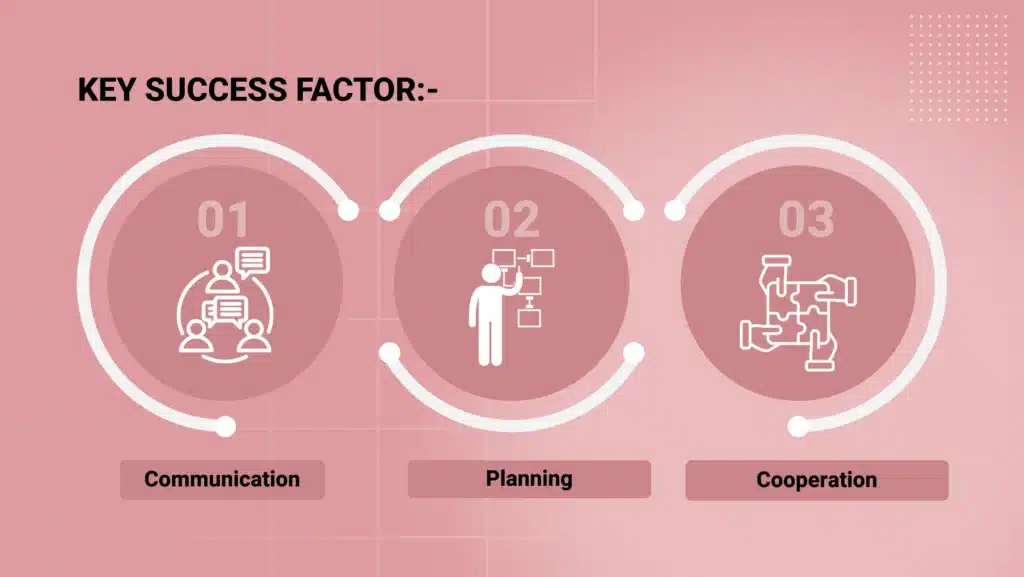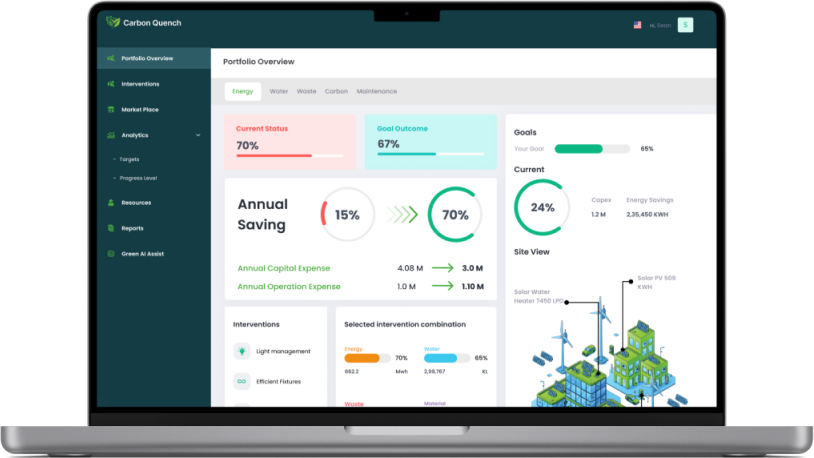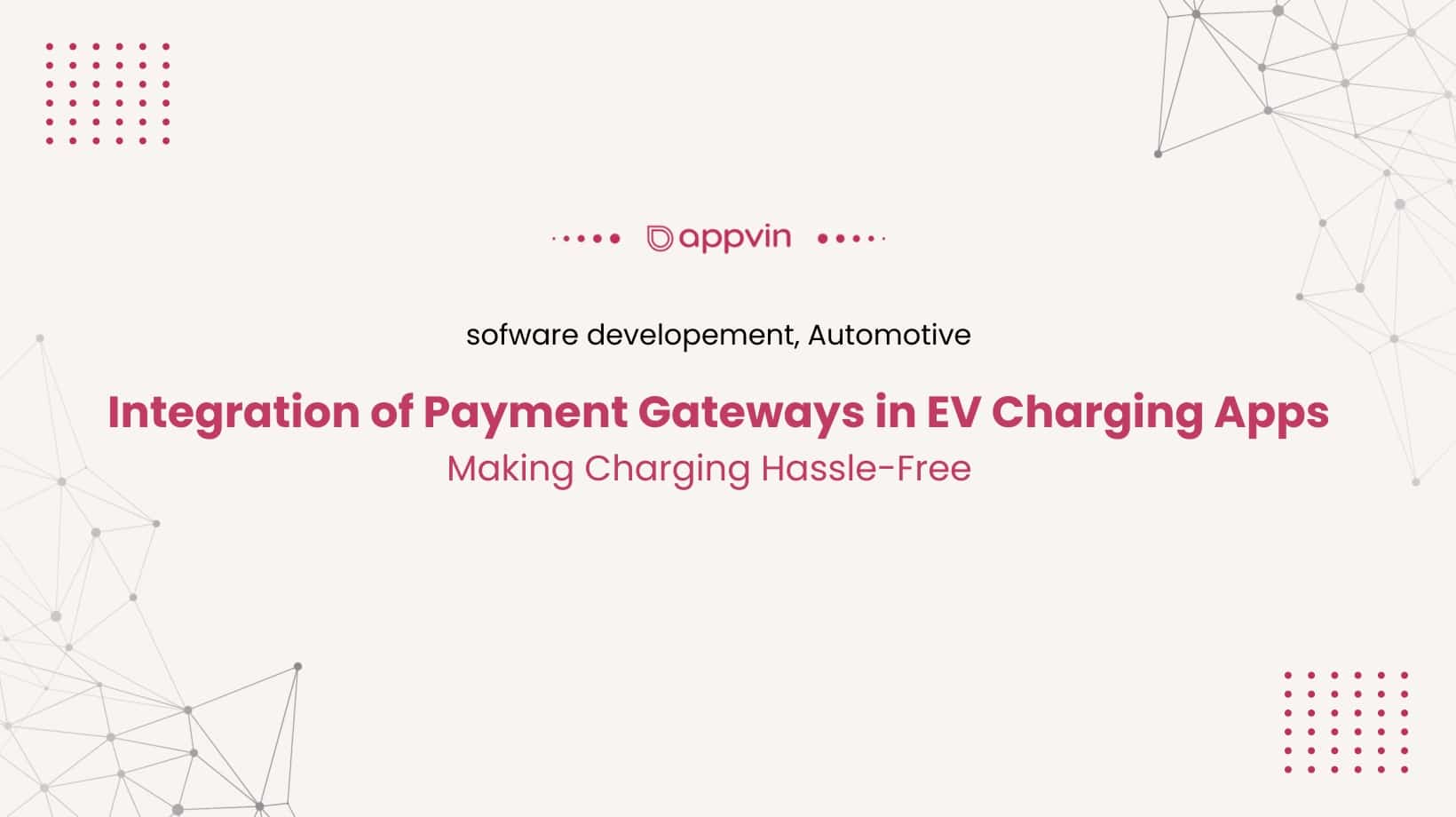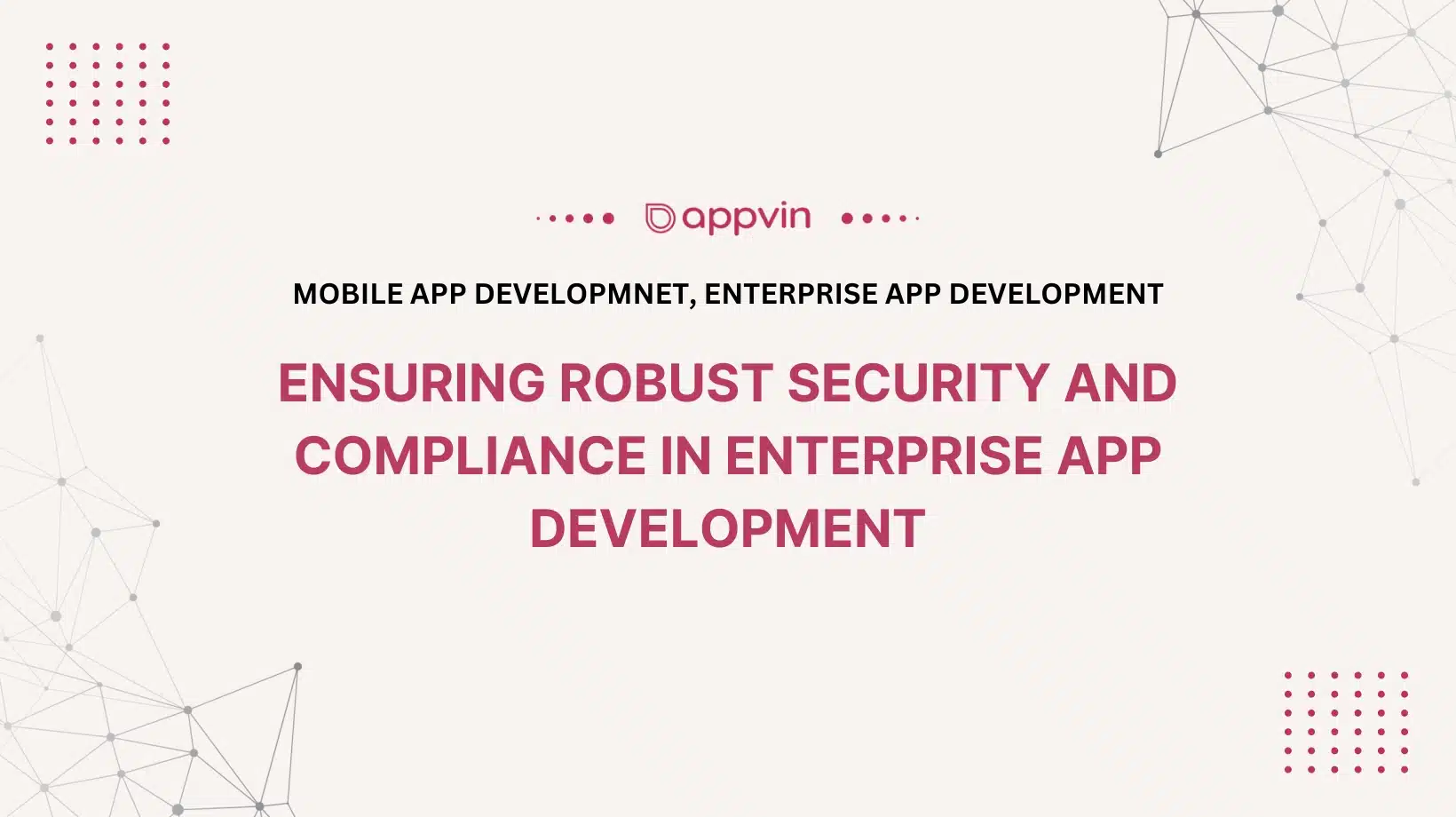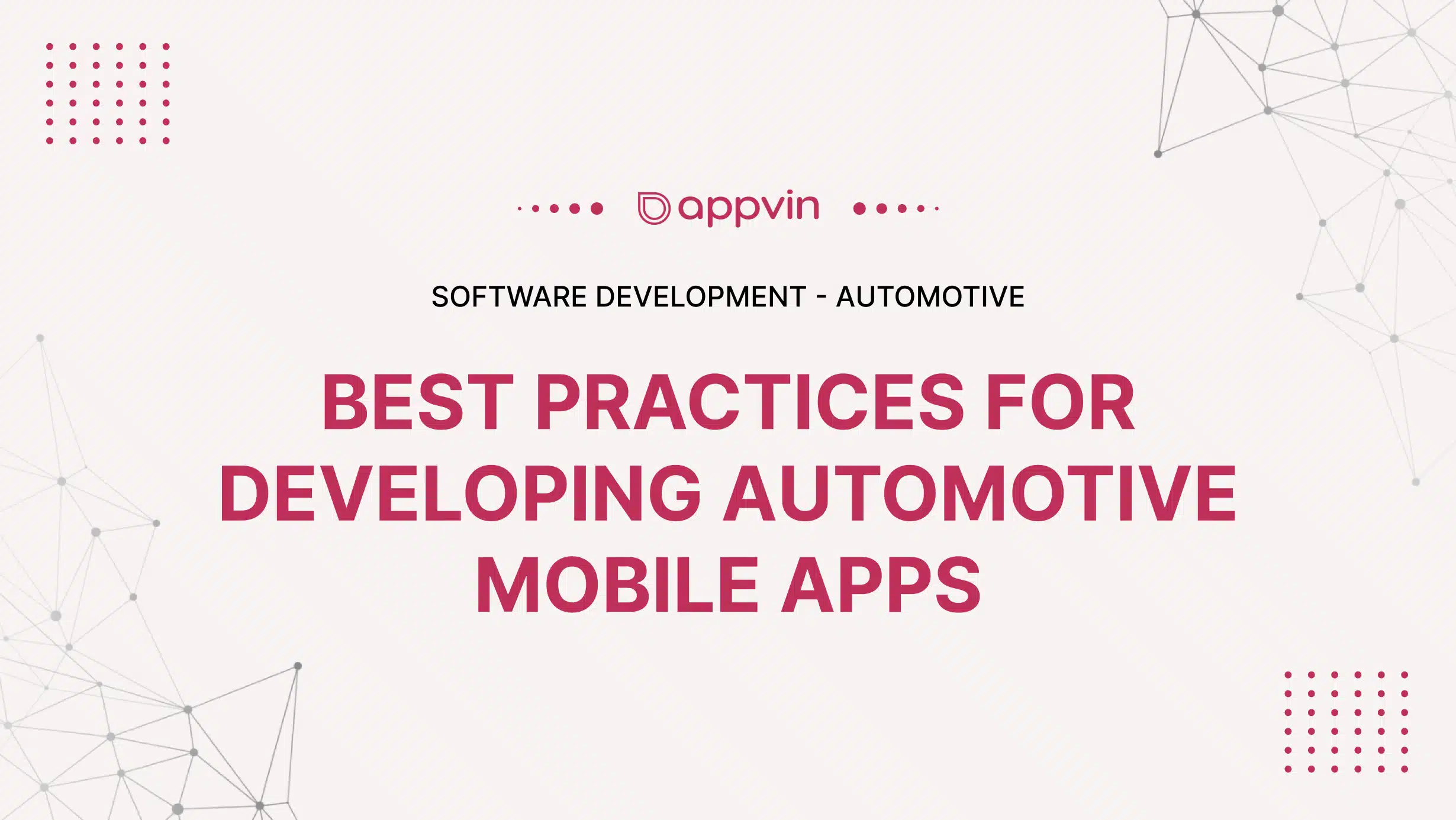When it comes to IT projects, finding the right model to ensure success is crucial. One model that has been gaining popularity in recent years is the Build-Operate-Transfer (BOT) model. This model allows companies to outsource the development and operation of a project to a third-party provider, who then transfers ownership back to the company after a certain period. The BOT model offers a unique approach to managing IT projects, providing companies with the flexibility and expertise needed to navigate the complexities of modern technology.
In this article, we will discuss the BOT model from beginning to end. First, we will look at the different phases of this model. Then, we will examine the main advantages of this model. Finally, we will discuss some key points while using a BOT model.
What is the BOT model?
The BOT (Build-Operate-Transfer) model is a business model in which a private company builds a project, operates it, and then after a certain period, successfully hands it to the government or any other institution.
Basically, BOT is a type of arrangement in which a private sector or developer builds an infrastructure project operates the project, and then transfers the ownership of the project to the government. It comes under the PPP (Public-Private-Partnership) technique.
A BOT model agreement is one type of agreement that serves as a funding instrument for projects. It usually involves infrastructure, which is initiated through public-private partnerships.
It is structured with an initial agreement by a public entity, such as a municipality, to a private firm to construct and operate the facility. Then, the government retakes control after a predefined period, normally 2 or 3 decades.
For example, if we say that if a project is built by a private company, operated by a private company and then the project is transferred by the private company to the government.
The objectives of this BOT Model are:
1. Primarily, the main object of building the BOT model is to develop infrastructure in an area where the government doesn’t have enough funds to develop that area.
2. To construct facilities like good roads, water supply, Express highways, and bridges in partnership with the private sector.
3. To maintain complex infrastructure projects like supplying express highways and bridges in good condition for a lifetime. Consequently, the government gives these projects to the private sector.
The Basic Framework of the BOT Model
The BOT model is used for large-scale projects in which the risk and the complexities are too high. To identify and mitigate the risk, the BOT model divides the project into three main phases.
These are:
Build Phase:
The Build phase is the starting phase of the BOT model. It includes the analysis and the designing part of the project. Furthermore, the Build phase is the foundation phase of the project where several techniques were used to build the project and send it to the next phase of the process.
Operate Phase:
The next phase of the BOT model is the Operate phase. Moreover, it is responsible for the various operations performed on the model. It includes the growth, performance, maintenance, and training of the model.
Transfer Phase:
The last phase of the model is the Transfer phase. In this phase, the project building team successfully transfers the ownership of the project to the client.
Benefits of the BOT model
The BOT model has several advantages in building IT projects. Additionally, it is responsible for various responsibilities in terms of flexibility, cost-optimization, risk identification, maintenance, and the successful delivery of the project in the given period.
This model is beneficial in terms of better achievements, lower stress levels, time-saving, cost-optimisation, and many more.
Let’s know about some key benefits of this model:
Risk identification and mitigation:
In large-scale projects, it is difficult to identify the risk level. This model is beneficial in identifying the risk. Moreover, it also minimizes the risk level by passing the project with different phases.
Use of latest technologies:
In the BOT model, the latest technologies and equipment were used. As a result, the quality products are delivered to the client.
Reduce time to market:
Using the latest technologies, reduces the saves the market time.
Cost-optimization:
This model helps to optimize the overall cost of the project by using fewer resources. Cost optimization is the main advantage of this model while working on large-scale projects.
Quality Assurance:
The BOT model is responsible for the quality of the project. The team is motivated to deliver a high-quality project.
Flexibility:
The BOT model provides flexibility in the project so it can easily adjust to changes and future expertise.
Knowledge transfer:
The Transfer phase of the model is providing comprehensive knowledge and the proper documentation of the project.
Performance monitoring:
Once the project is completed it is also the responsibility of the project team to keep an eye on the performance of the project.
Scalability:
The BOT model is capable to apply on various sizes and complexity from small-scale implementations to large-scale transformations.
Gradual achievements:
By using various techniques we achieve success in the project.
3 phases in Bot Model
Build Phase:
The Build phase is the topmost phase of the BOT model. Additionally, this phase involves the creation of the project. In this phase, the developer team analyzes the requirements, makes plans for the project, and develops and designs the architecture of the project.
However, the Build phase is the main phase of the whole model. It includes:
Planning & Feasibility study:
The Planning and the feasibility study of the project is the important step of the build phase. Initially, in this phase, the developers or the project team make plans for the project. The project team makes a plan about the project’s objectives, scope, deadlines, and budget, and evaluates its feasibility.
Requirement Gathering & Project Analysis:
The project primarily involves the understanding of client expertise and the requirements used in the project building. Subsequently, the team analyzes the Client’s requirements and gathers the resources as per the client’s needs.
Design & Architecture:
This process includes designing the blueprints of the project. Firstly, it involves designing the project as per the client’s need and then sending the blueprints to the next development process.
Development & Implementation:
Once the designing part of the model is done then the blueprints of the project go to the development team. This stage requires coding and configuration. The coding/configuration is according to the project and then implemented into the project.
Testing & Quality Assurance:
Testing is an important part of this process it mainly involves the test of our project. It is responsible for the quality testing of our client’s projects and ensures the expertise of the client.
Deployment & Go Live:
Deployment and GO-live is the final stage of the Build phase. Finally, this process includes the successful deployment of the project and live the project on the server. After this process, the project goes to the operational phase.
Operate Phase:
After the Build phase is successfully implemented and deployed the project comes under the Operational phase. This phase includes the project activation and is responsible for the overall maintenance of the project. The Key components of this phase include:
Operation & Maintenance:
Once the project is deployed successfully it comes under the Operation. After the project deployment, the maintenance of the project began and supported the project.
Service delivery:
To ensure the client experience and the satisfaction of the user by service delivery of the project.
Performance monitoring & reporting:
The next stage of this phase is performance monitoring and reporting. This process includes the overall performance monitoring and reporting the performance to the building team.
Change Management & Enhancement:
After the monitoring and reporting of the project are done subsequently, the process of identifying the glitch is started.
It includes the identification of areas to be improved and applying changes according to the need.
User Support & Training:
This process ensures comprehensive user support, and it helps to maximize the project utilization.
It involves the user support and the training of the project model.
Transfer Phase:
The Transfer phase is the last phase of the BOT model. In this Phase, the project team transfers the ownership of the project to the third party. It ensures the smooth transition of the project. It encompasses the following activities:
Knowledge Transfer & Documentation:
The project team transfers the knowledge amongst the third party and shares the relevant documents of the project with the client. This helps to understand the project more deeply.
Transfer of Assets & Intellectual Property:
This process involves the transfer of all the relevant assets and documentation of the project. It also includes the handover of code/configuration and Intellectual Property used to build the project to the client.
Transition Planning and Execution:
The Project team develops the detailed alteration plan and ensures to execution of the plan.
Moreover, the team is also responsible for an ideal handover of the IT project, and to maintain the continuity of project operations during the handover.
Project Handover and Closure:
Once the project team completes all transition activities, they ideally hand over the project to the receiving client and initiate the project winding processes.
A phased or Tranche-based Approach
The BOT model adopts the phased or tranche-based approach. The word Tranche means the ‘slice or the portion’. Particularly, for large-scale or complex IT projects, a phased or Tranche-based approach was used in the BOT model. This technique involves the division of the project into multiple phases or we say, in tranches. After that, each phase goes into its BUILD, Operate, and Transfer phases.
By breaking down the large-scale project into small projects the complexity of the project is reduced as a result of the smooth delivery of the project took place. Also, this approach is beneficial as it breaks the project into smaller ones and then performs the operations on those phases individually.
Let’s look into the advantages of the phased or Tranche-based Approach:
1. As this approach breaks the large-scale project into small parts, the complexity arises in the project is reduced.
2. Additionally, the risk is minimized after using this approach.
3. It also lowers the stress rate by dividing the projects.
4. It increased the flexibility, and scalability of the project.
Key Consideration
The BOT model provides various techniques for an IT project. Firstly, it is responsible for the smooth delivery and maintenance of the project to the third party.
Moreover, there are several consideration that ensures the successful delivery of the project to the client.
These are:
Contract & Service agreement:
Initially, the primary work to initiate the project is the agreement of the project. It involves clear and comprehensive agreements between the project team and the client. It includes the agreement of the expectations, management, and responsibilities of the project.
Risk identification & Mitigation:
The large-scale project may have some risks so the BOT model helps in identifying those risks. This model involves risk identification and performs risk mitigation techniques to minimize the risk.
this results, in the successful delivery of the project to the client.
Performance monitoring & service level agreement:
Montering the overall performance is important among all the factors so the BOT model provides this feature to the client to monitor the project after successfully deployed.
Conclusion:
The BOT model provides flexibility and scalability in the project that helps in overcoming the challenges and achieving the goal. Additionally, it provides a well-structured method for the project holder to manage the project more easily. It ensures the successful delivery of the project and maintains the project from the beginning of the project.
The BOT model uses various techniques and makes the complex project easier by breaking the project into small phases. In particular, it involves three main phases – The build phase, the Operate Phase, and the transfer phase.
However, in the BOT model, the company hires a third party to build their project. It helps to reduce the time to the market by minimizing the complexity of the project.
The BOT model for IT projects has its various challenges and successes. Consequently, understanding and managing these can have an outstanding impact on the project’s success. Moreover, let’s understand some of the potential challenges and successes associated with BOT:
Potential Challenges:
The Complexity of Transition:
When the project building starts, firstly, it goes to the Build phase and then to the operating phase. Sometimes, the transition from one phase to another is difficult as a result, complexity may arise. The successful transmission of the project requires a careful transition.
Resource allocation:
Resource allocation within the project lifecycle can be difficult when unexpected complexities arise between the project.
Knowledge Transfer:
Sometimes the proper documentation of the project is difficult to make. This results in less knowledge transferring and less documentation.
Risk Management:
Shortage of risk arises from various factors such as technical fault, financial risk, etc.
Contractual Disputes:
The difficulties arise when the company does not get the proper amount as the financial crises arise before the project completion this causes the project failure or the team has to face the challenges.
Key Success Factor:
Communication:
Good communication leads to successful project completion. Specifically, the stakeholders attached to this project maintained transparency throughout the project’s lifecycle among all stakeholders. Setting up good communication between the client and, the project team is important as it helps to reduce complexity.
Planning:
Planning is the essential factor for the BOT model as it is the initial phase of the project building. Firstly, better planning of the project helps in the smooth delivery of the project. Consequently, well-structured planning helps in successful project building.
Cooperation:
A better Corporation approach helps to encourage teamwork which leads to the ultimate project success.


